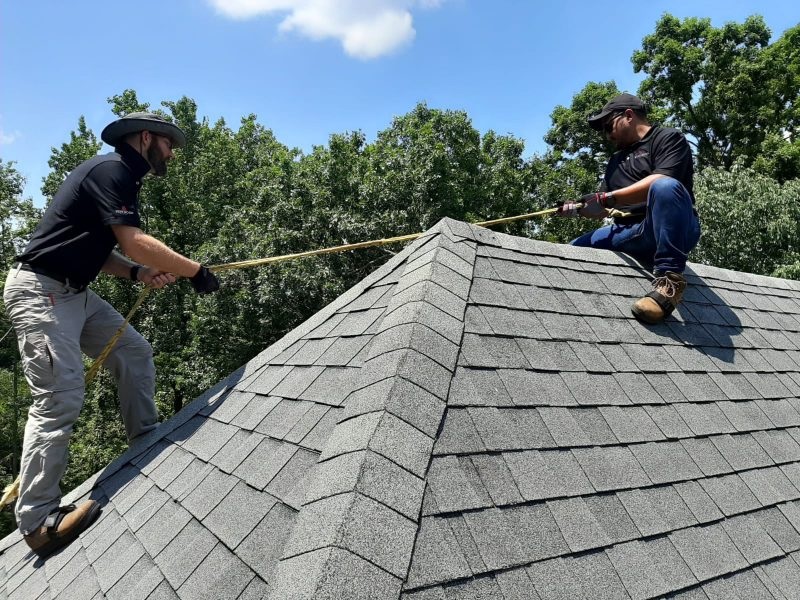Introduction (50 words): Roofing, an integral part of any building, is often overlooked for its potential to enhance the aesthetics and functionality of a structure. However, the roofing industry has been experiencing a remarkable transformation, embracing innovative materials, designs, and technologies. This article explores the latest advancements in roofing, showcasing how they are revolutionizing the industry and changing the way we perceive roofs.
- Sustainable Roofing (100 words): In an era of increasing environmental consciousness, sustainable roofing has gained significant traction. Eco-friendly materials like solar shingles, green roofs, and cool roofs have emerged as popular choices. Solar shingles incorporate photovoltaic cells, generating renewable energy while protecting the building. Green roofs, adorned with vegetation, offer insulation, absorb rainwater, and reduce urban heat island effects. Cool roofs reflect sunlight, minimizing heat absorption, and reducing the demand for air conditioning. These sustainable roofing options not only reduce carbon footprints but also provide long-term cost savings by improving energy efficiency.
- Smart Roofing (100 words): Advancements in technology have paved the way for smart roofs, integrating various sensors, IoT (Internet of Things) devices, and automation. These roofs can monitor environmental conditions, such as temperature, humidity, and rainfall, ensuring optimal performance. Smart roofs can automatically adjust ventilation systems, shades, and lighting based on real-time data. Furthermore, they can detect leaks, identify maintenance needs, and provide early warning systems during extreme weather events. With the ability to enhance energy efficiency, safety, and comfort, smart roofs are transforming traditional rooftops into intelligent, proactive components of buildings.
- Lightweight and Durable Materials (100 words): Roofing materials have evolved significantly, with a focus on lightweight and durable options. Traditional heavy materials like clay and concrete tiles have given way to alternatives such as metal roofs, synthetic shingles, and polymer-based materials. Metal roofs offer longevity, resistance to fire, and excellent durability while being lightweight and recyclable. Synthetic shingles replicate the appearance of traditional materials while being more affordable, lightweight, and resistant to harsh weather conditions. Polymer-based materials provide flexibility, durability, and resistance to impact and extreme temperatures. These innovative materials not only reduce the structural load but also increase the lifespan of roofs.

- Design and Aesthetics (100 words): Roofs are no longer merely functional; they have become architectural statements. Designers and homeowners are embracing innovative roof shapes, textures, and colors to enhance the overall aesthetic appeal of buildings. Curved roofs, green roofs, and rooftop gardens are transforming urban landscapes. Additionally, advancements in roofing technology allow for customization, enabling intricate patterns, embossing, and even photorealistic designs on roofing materials. These design possibilities provide architects and homeowners with the opportunity to create visually striking roofs that complement the overall style and character of the building.
Conclusion (50 words): The roofing industry is undergoing a remarkable transformation, fueled by sustainable practices, technological advancements, lightweight materials, and creative design possibilities. These innovations are not only improving the performance and durability of roofs but also revolutionizing the way we perceive them. With roofs becoming greener, smarter, and aesthetically pleasing, the skyline of cities is being transformed into a vibrant tapestry of architectural marvels.

